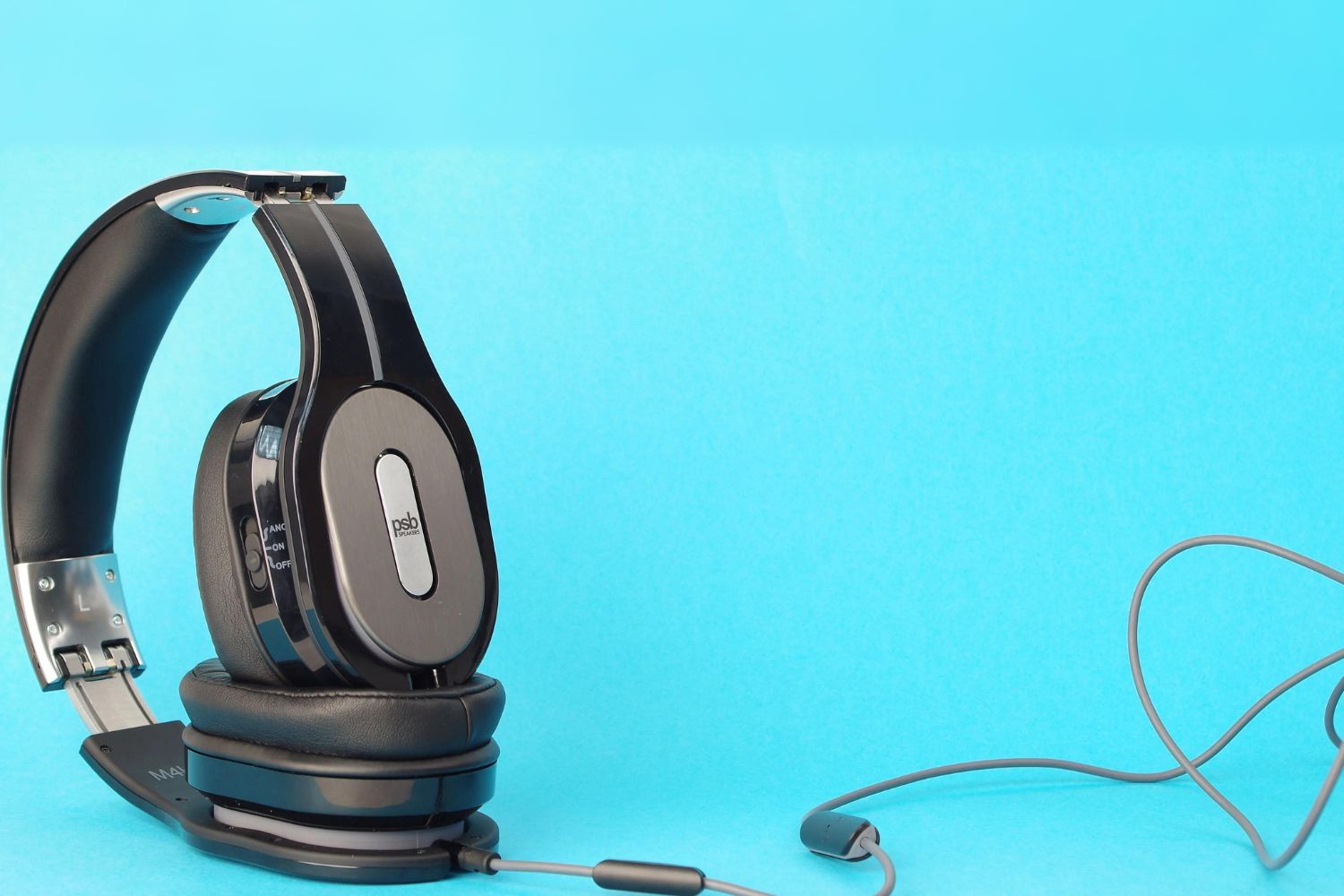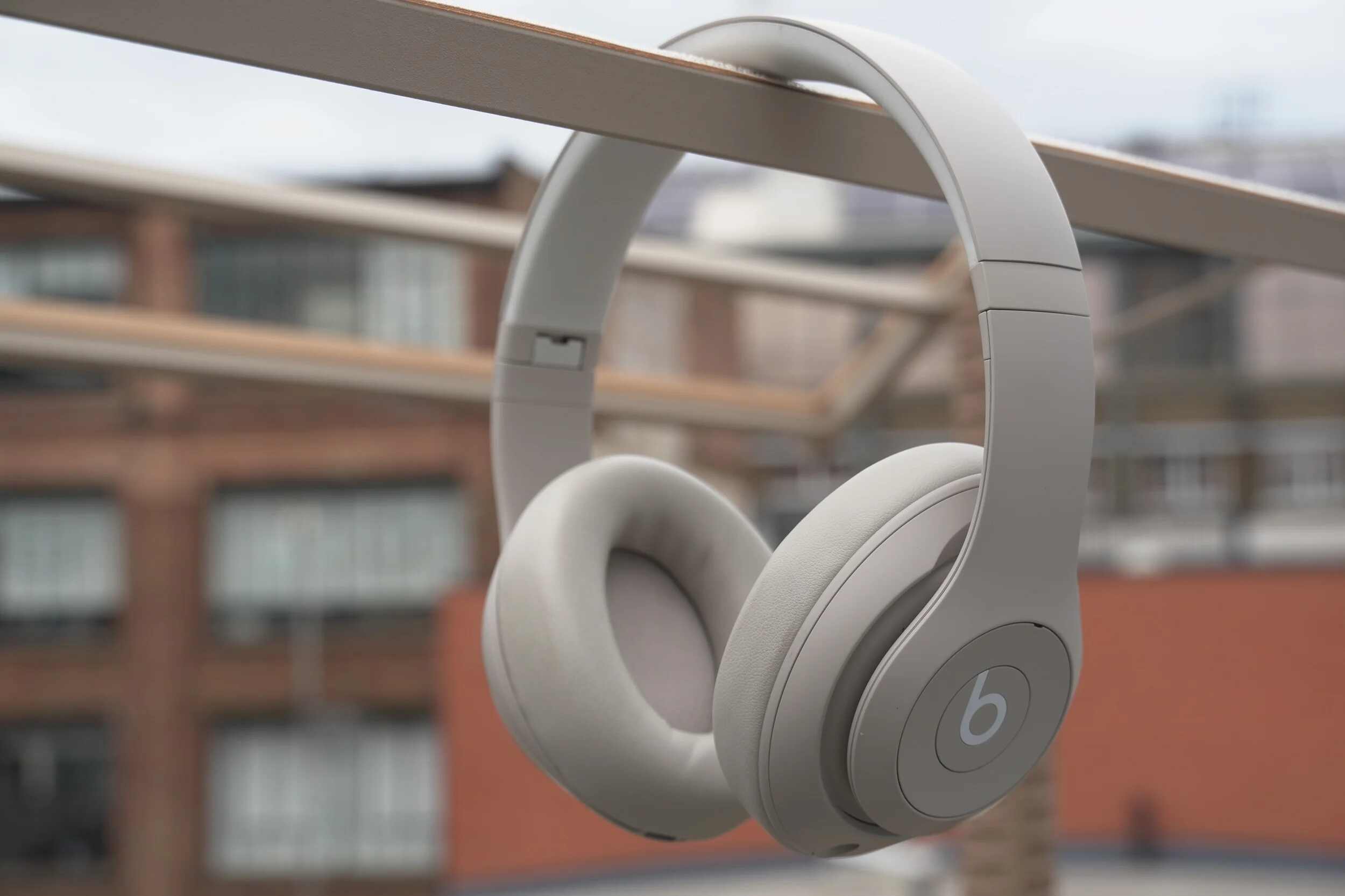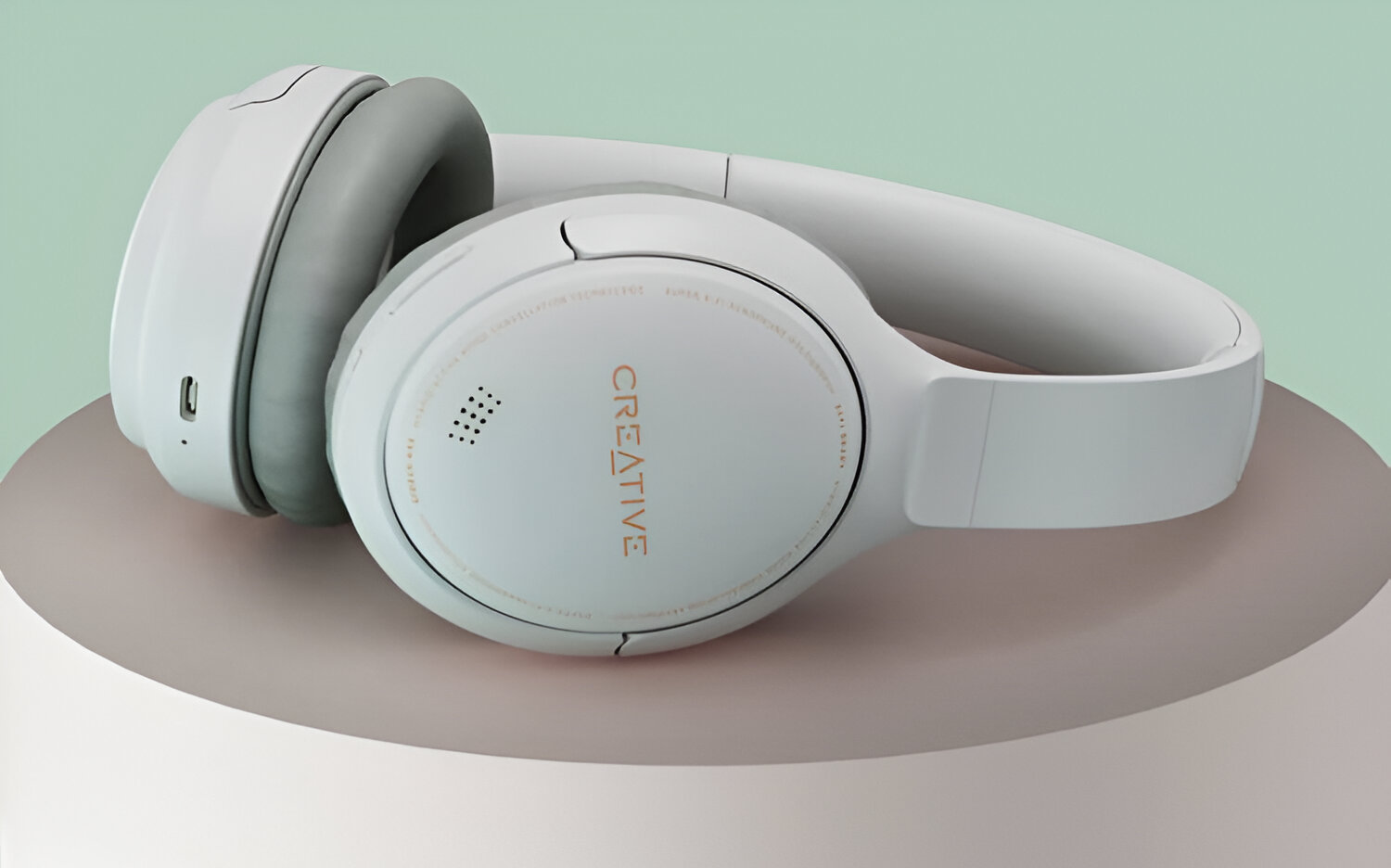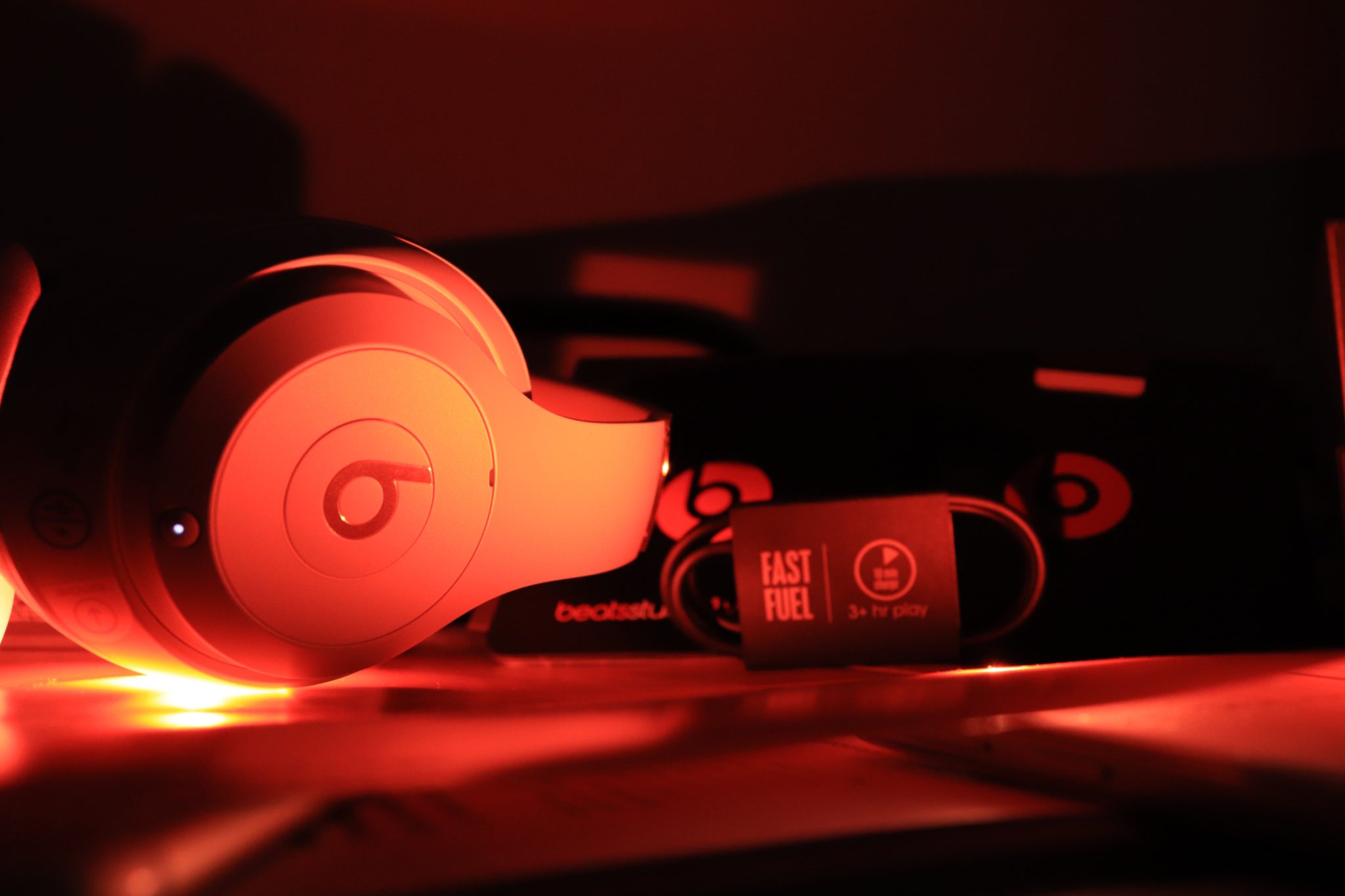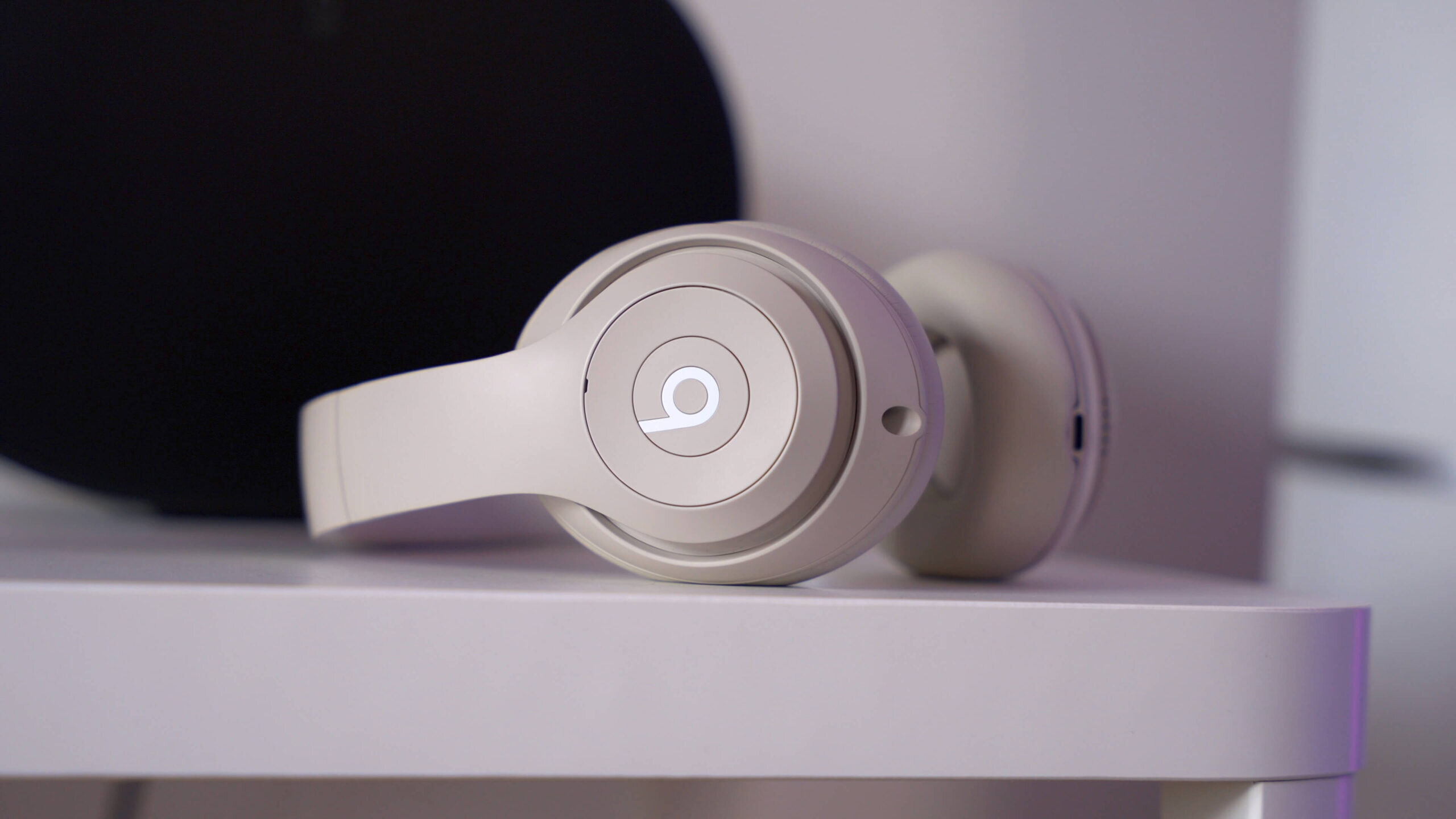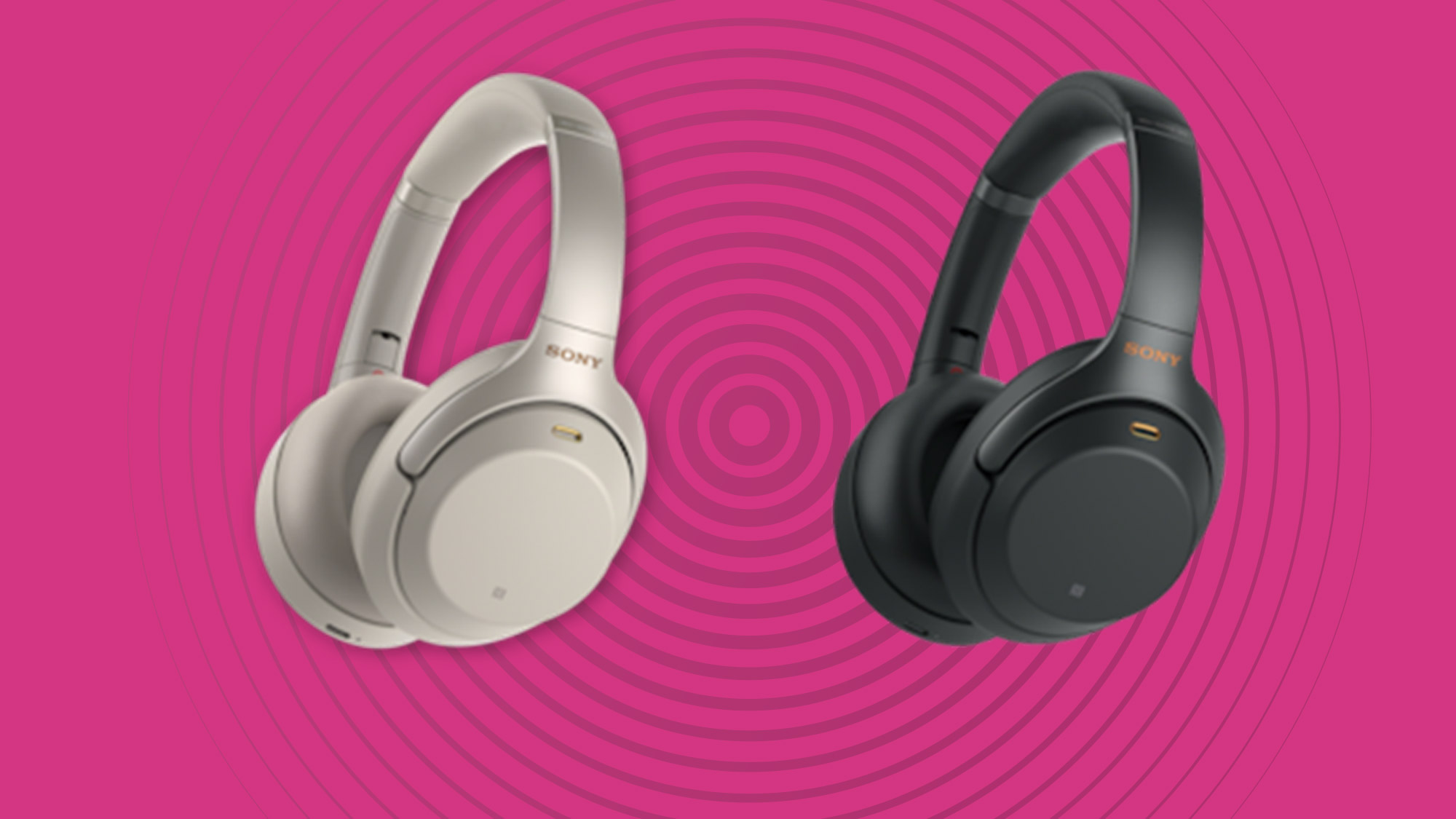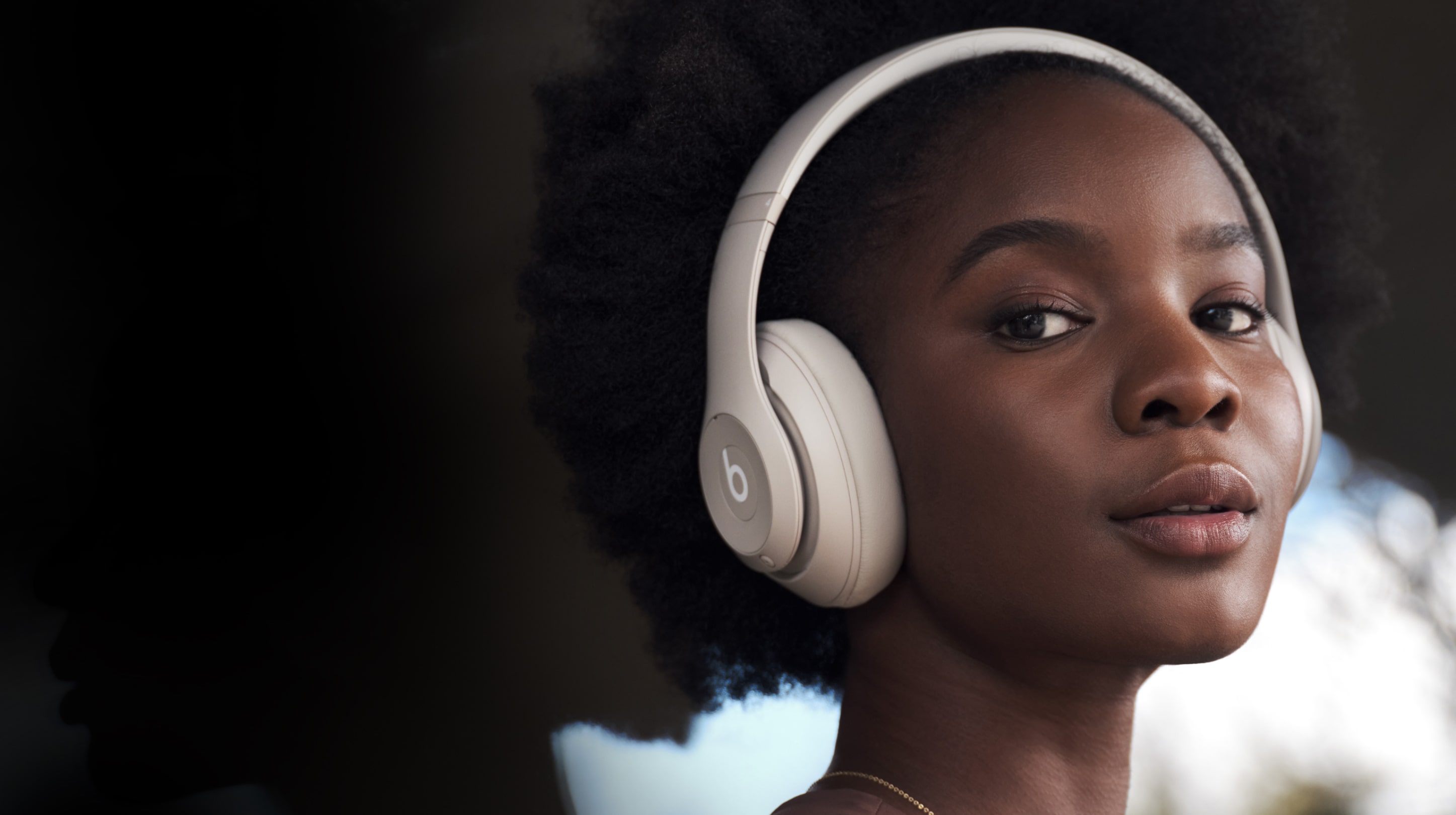Introduction
Noise cancelling headphones have become an indispensable accessory for many individuals seeking respite from the cacophony of modern life. Whether it's the relentless hum of an airplane engine, the clamor of a bustling city street, or the persistent drone of office chatter, noise cancelling headphones offer a sanctuary of tranquility. These innovative devices use advanced technology to mitigate ambient sounds, allowing users to immerse themselves in their chosen audio or simply revel in the blissful quiet.
In this article, we will delve into the fascinating world of noise cancelling headphones, exploring how they function, why they require batteries, the types of batteries used, and the advantages and drawbacks of battery-powered noise cancelling headphones. By shedding light on these aspects, we aim to provide a comprehensive understanding of the role batteries play in the operation of these popular devices.
Noise cancelling headphones are not only a boon for audiophiles and frequent travelers but also for anyone seeking a reprieve from the relentless din of daily life. Understanding the intricacies of how these headphones function and the necessity of batteries in their operation can enhance our appreciation for the technology that enables us to find solace in a world filled with noise. So, let's embark on a journey to uncover the inner workings of noise cancelling headphones and the pivotal role that batteries play in delivering the blissful silence they promise.
How Noise Cancelling Headphones Work
Noise cancelling headphones employ a sophisticated mechanism to counteract ambient sounds and create a cocoon of auditory serenity for the wearer. The primary function of these headphones is to detect external noises and generate anti-noise to neutralize them, resulting in a quieter listening environment. This process involves several key components working in harmony to achieve the desired effect.
First and foremost, noise cancelling headphones feature tiny microphones strategically positioned on the ear cups. These microphones capture the ambient sounds in the surrounding environment. The captured sound waves are then analyzed by an internal processor, which swiftly identifies the frequency and amplitude of the incoming noise.
Once the processor has analyzed the ambient noise, it generates anti-noise sound waves that are precisely out of phase with the detected noise. These anti-noise waves are seamlessly integrated into the audio signal produced by the headphones, effectively canceling out the unwanted external sounds. As a result, the listener experiences a significant reduction in ambient noise, allowing them to enjoy their audio content without distraction.
It is important to note that noise cancelling headphones are particularly effective at attenuating low-frequency sounds, such as the constant hum of an airplane engine or the rumble of a train. However, they may be less effective at blocking out higher frequency sounds, such as human voices or abrupt, sharp noises.
In summary, noise cancelling headphones function by leveraging microphones to capture ambient sounds, an internal processor to analyze and generate anti-noise, and integrated speakers to deliver the desired audio experience to the wearer. This intricate process enables users to immerse themselves in their chosen audio while minimizing the intrusion of external disturbances, making noise cancelling headphones a valuable asset in today’s bustling world.
Why Noise Cancelling Headphones Need Batteries
Noise cancelling headphones require batteries to power the intricate technology that enables them to mitigate ambient sounds and deliver a serene listening experience. The primary reason for this reliance on batteries is the active noise cancellation feature, which demands a continuous energy source to function effectively.
The active noise cancellation process, as described in the previous section, involves the use of microphones to capture external sounds, an internal processor to analyze the captured audio, and integrated speakers to produce anti-noise waves. This process is energy-intensive and necessitates a reliable power supply to sustain its operation. Therefore, noise cancelling headphones are equipped with built-in batteries to provide the requisite power for the active noise cancellation circuitry.
Furthermore, the active noise cancellation technology in these headphones necessitates real-time processing of ambient sounds and the generation of anti-noise waves. This means that the internal processor and associated components must be operational at all times to deliver the intended noise reduction effect. As a result, a continuous and stable power source, typically in the form of batteries, is indispensable to sustain the active noise cancellation functionality.
Moreover, the portability and convenience offered by noise cancelling headphones are closely linked to their battery-powered nature. By utilizing rechargeable or replaceable batteries, these headphones can be used wirelessly, allowing users to enjoy uninterrupted noise cancellation and audio playback without being tethered to a power source. This wireless freedom, made possible by the battery-powered design, enhances the versatility and usability of noise cancelling headphones in various settings, from bustling airports to quiet office spaces.
In essence, the need for batteries in noise cancelling headphones is driven by the energy requirements of the active noise cancellation technology and the desire for portable, wire-free usage. The batteries serve as the lifeblood of these devices, empowering them to deliver the tranquil listening experience that has made them a sought-after accessory in today’s fast-paced world.
Types of Batteries Used in Noise Cancelling Headphones
Noise cancelling headphones utilize various types of batteries to power their active noise cancellation circuitry and enable wireless functionality. The choice of battery type can significantly impact the performance, longevity, and overall user experience of these headphones. Here are the primary types of batteries commonly used in noise cancelling headphones:
- Rechargeable Lithium-ion Batteries: Many modern noise cancelling headphones are equipped with built-in rechargeable lithium-ion batteries. These batteries offer a high energy density, allowing for extended usage on a single charge. Additionally, lithium-ion batteries are known for their lightweight and compact design, making them ideal for integration into sleek and portable headphone models. The convenience of recharging these batteries via USB or a dedicated charging dock enhances the user experience and reduces the long-term cost of ownership.
- AAA or AA Alkaline Batteries: Some noise cancelling headphones, especially those designed for travel or prolonged use in remote locations, utilize standard AAA or AA alkaline batteries. These disposable batteries provide a convenient power source for users who may not have access to electrical outlets for recharging. While alkaline batteries offer simplicity and wide availability, they may result in higher long-term operating costs and environmental impact due to their single-use nature.
- Custom Rechargeable Battery Packs: Certain premium noise cancelling headphone models feature custom-designed rechargeable battery packs tailored to the specific power requirements of the device. These proprietary battery packs are engineered to optimize performance and longevity, often offering seamless integration with the headphone’s overall design. While these custom battery packs may provide superior performance, their availability and replacement options should be considered when evaluating the long-term viability of the headphones.
The selection of battery type in noise cancelling headphones is influenced by factors such as portability, environmental impact, cost of ownership, and the desired balance between convenience and sustainability. As technology continues to advance, manufacturers are exploring innovative battery solutions, including advancements in rechargeable battery technology, to enhance the overall user experience and reduce the ecological footprint of battery-powered devices.
Pros and Cons of Battery-Powered Noise Cancelling Headphones
Battery-powered noise cancelling headphones offer a blend of advantages and considerations that impact their functionality, convenience, and overall appeal to users. Understanding the pros and cons of these devices can aid individuals in making informed decisions regarding their audio accessory choices.
Pros
- Portability and Wireless Freedom: Battery-powered noise cancelling headphones provide the flexibility of wireless usage, allowing users to enjoy uninterrupted audio and noise cancellation without being tethered to a power source. This portability is particularly advantageous for travelers, commuters, and individuals seeking freedom of movement while immersed in their audio content.
- Active Noise Cancellation: The active noise cancellation technology, powered by batteries, enables these headphones to effectively reduce ambient sounds, creating a tranquil listening environment. This feature is especially valuable in noisy settings such as airplanes, trains, or bustling urban areas, enhancing the overall audio experience for users.
- Rechargeable Options: Many battery-powered noise cancelling headphones feature rechargeable battery solutions, offering the convenience of long-term use without the need for frequent battery replacements. Rechargeable options contribute to sustainability and reduced long-term operating costs for users who prioritize environmental consciousness.
Cons
- Battery Dependence: The reliance on batteries for powering active noise cancellation and wireless functionality means that users must monitor battery levels and ensure adequate charge for uninterrupted usage. This dependency introduces the need for periodic recharging or battery replacement, which can be perceived as a potential inconvenience for some users.
- Environmental Impact: Disposable batteries, if used in certain models, contribute to environmental waste and may incur higher long-term operating costs compared to rechargeable options. The environmental impact of battery-powered headphones should be considered, especially in the context of sustainable consumer choices and responsible disposal of spent batteries.
- Weight and Balance: The integration of batteries, especially in over-ear noise cancelling headphone designs, can impact the overall weight and balance of the device. While advancements in battery technology strive to minimize weight and optimize ergonomics, the presence of batteries may influence the comfort and fit of the headphones for some users.
Ultimately, the decision to opt for battery-powered noise cancelling headphones involves a careful consideration of the trade-offs between portability, active noise cancellation, battery management, environmental impact, and user preferences. As technology continues to evolve, manufacturers aim to address these considerations by innovating battery solutions and enhancing the overall user experience of these popular audio accessories.
Conclusion
As we conclude our exploration of the role of batteries in noise cancelling headphones, it becomes evident that these innovative devices have redefined the way we experience audio in a world filled with ambient noise. The marriage of advanced active noise cancellation technology and battery-powered operation has empowered users to escape the clamor of their surroundings and immerse themselves in a realm of serene audio bliss.
From the intricate process of capturing and neutralizing ambient sounds to the wireless freedom afforded by battery-powered designs, noise cancelling headphones have become indispensable companions for travelers, music enthusiasts, and individuals seeking respite from the hustle and bustle of daily life. The reliance on batteries to sustain the active noise cancellation circuitry and wireless functionality underscores the pivotal role of energy storage in delivering the seamless, uninterrupted audio experiences that users crave.
While battery-powered noise cancelling headphones offer a compelling array of advantages, including portability, active noise cancellation, and rechargeable options, they also present considerations such as battery dependence, environmental impact, and weight balance. These factors prompt users to weigh the trade-offs and make informed decisions aligned with their priorities and preferences.
Looking ahead, the evolution of battery technology and the ongoing pursuit of sustainable, eco-friendly solutions are poised to shape the future of noise cancelling headphones. Manufacturers continue to innovate, striving to enhance the energy efficiency, longevity, and environmental consciousness of battery-powered headphone designs, thereby addressing the needs and expectations of discerning users.
In essence, the symbiotic relationship between batteries and noise cancelling headphones symbolizes the harmonious fusion of technological prowess and user-centric design, culminating in a transformative audio experience that transcends the boundaries of ambient noise. As these devices continue to captivate and elevate the auditory journey of users worldwide, the role of batteries remains integral in sustaining the allure of uninterrupted, immersive soundscapes.







